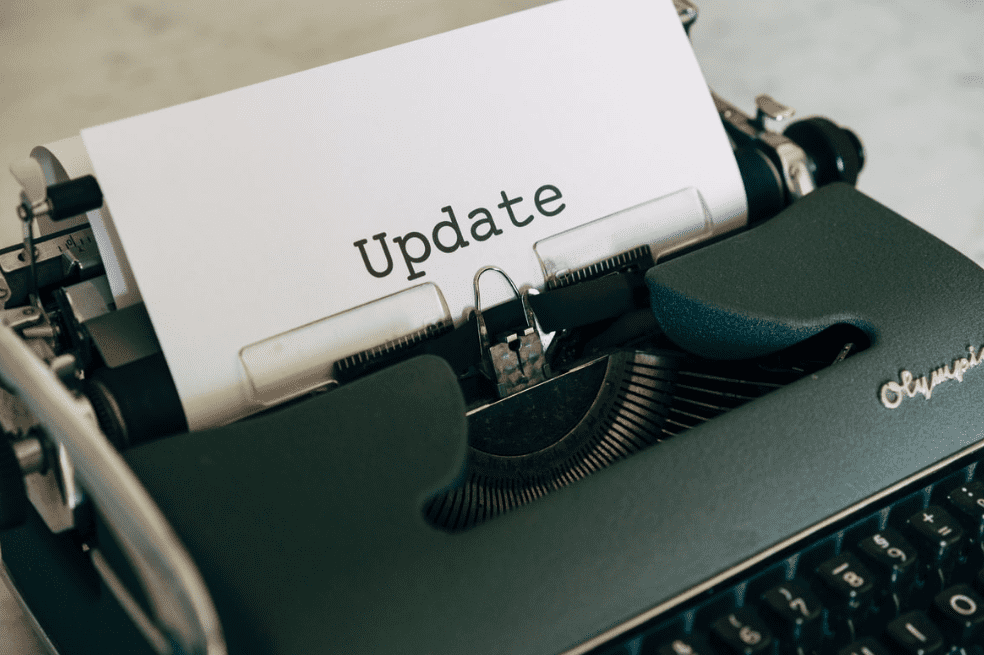With the 2021/22 academic year in full swing, various universities and higher education stakeholders are taking stock of the latest development in the digitisation of Erasmus+. Building from their feedback and perspectives, we would like to share with the community some important updates on how the digitisation process is advancing within the context of the European Student Card Initiative.
Do International Relation Officers dream of electronic data exchange?
No, they obviously don’t. However, they do dream of having tools that work, because – let´s face it – they have more meaningful career goals than printing, stamping, and scanning documents. After years of work, 2021 was supposed to be the year when their dreams would become true, if not completely at least partially.
Yet, this dream is proving elusive. As of today, many International Relation Officers are still waiting for the tools they regularly use to be adapted to the Erasmus Without Paper (EWP) paradigms. Consequently, this has an obvious impact on their business processes. To begin with, it is affecting the renewal processes of their inter-institutional agreements, crucial in the preparatory stages of the upcoming mobilities taking place in 2022/2023.
So, EWP doesn’t work, right?
Quite the contrary. EWP has been proven to work quite well. As a matter of fact, several nodes1 in the EWP network have successfully exchanged data among themselves and are already enjoying the benefits of this new digital era. Success stories come in two flavors: last spring, the Erasmus Dashboard, which serves the majority of the Higher Education Institutions currently reachable through EWP, carried out successful tests with the systems of different individual universities. Similarly, third party-providers are required to carry out technical testing with the Dashboard to validate the completion of their EWP deployment.
While the results are published on a regular basis in the Competence Center here, the number of third-party providers which have completed this action is still limited. Now, here resides the problem: many universities remain plugged to systems which are not EWP compatible. As long as this matter is not fixed by each provider, their clients will remain cut off from the paradigm shift embodied by EWP.
It feels like we are stuck in a digital purgatory. Is there light at the end of the interoperability tunnel?
Hope dies last, and there are some reasons to be optimistic. On one hand, it´s still relatively early given the transition period is expected to last until the end of the academic year; on the other hand, we are noticing that the technical testing results are starting to gain positive momentum.
Finally, it is worth reiterating that the EWP team cannot influence the pace at which third-party providers deploy these standards. What we can do is improve transparency and circulate more information. For this reason, we will publish regular updates in the weeks ahead on the evolving situation of inter-institutional agreement data exchange. We are also aware that many universities are working hard to connect their in-house systems, which is a huge effort in and out of itself. Hopefully we will be able to share some good news soon!
Photo by Markus Winkler at Unsplash

